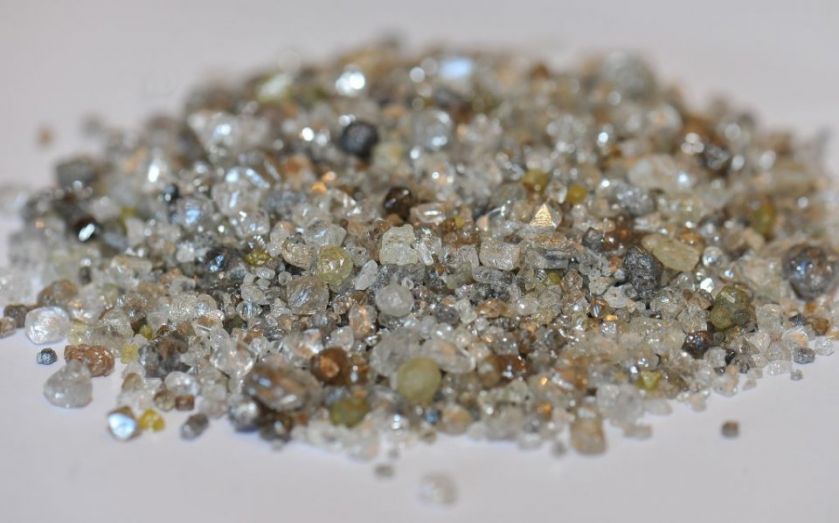Mixing diamonds and graphene could revolutionise engineering – and it all comes down to friction

When you add diamond, one of the world's hardest natural materials, to graphene, the world's strongest man-made material, the result is practically frictionless, scientists have discovered.
The resulting mixture, as scientists at the US Department of Energy's Argonne National Laboratory discovered when they added diamond nano-particles to the one-layered carbon substance, is the first to achieve “superlubricity” – almost no friction when you rub two pieces together.
Usually, when two substances are rubbed together, the atoms bump against each other and get stuck in a “locked state”, slowing the whole thing down. But in the case of diamond and graphene, the atoms change their orientation and the locking doesn't happen.
"The two materials depend on each other," said Ali Erdimir, one of the lead researchers involved.
An engineering revolution
It's surprising to everyone that this was possible – previous attempts to create superlubricity have been unsuccessful.
It's always been a very appealing prospect, though – when engines aren't slowed down by friction, it means less energy is required to keep them running.
"Everyone would dream of being able to achieve superlubricity in a wide range of mechanical systems, but it's a very difficult goal to achieve," said Sanket Deshmukh, another researcher involved.
The discovery paves the way for finding ways to improve the efficiency of everything from engines or turbines to computer hard disks.